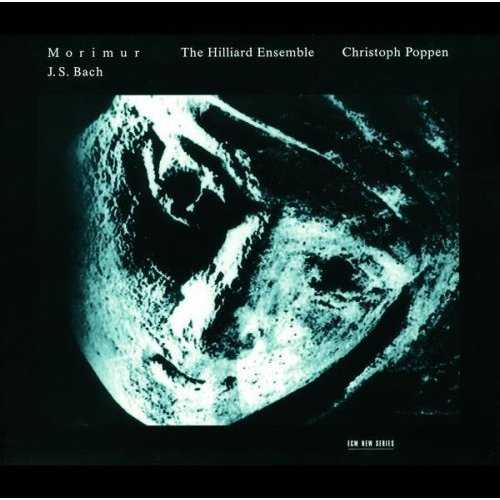
Performer: The Hilliard Ensemble
Composer: Johann Sebastian Bach
Audio CD
SPARS Code: DDD
Number of Discs: 1
Format: APE (image+cue)
Label: ECM Records
Size: 239 MB
Recovery: +3%
Scan: yes
01. Auf meinen lieben Gott
02. Den Tod…
03. Allemanda
04. Christ lag in Tobesbanden
05. Corrente
06. Den Tod niemand zwingen kunnt
07. Sarabanda
08. Wo soll ich fliehen hin
09. Den Tod…
10. Ciaccona
11. Christ lag in Tobesbanden
12. Dein Will gescheh’
13. Befiehl Du Deine Wege
14. Jesu meine Freude
15. Auf meinen lieben Gott
16. Jesu Deine Passion
17. In meines Herzens Grunde
18. Nun lob’, mein Seel’, den Herren
19. Den Tod…
20. Ciaccona fur Violine solo und vier Stimmen nach einer Analyse von Helga Thoene
21. Den Tod…
The Secret Language of Strings
There are two ways you can listen to this recording: first, as an elegantly elegiac performance of Bach’s Partita in D minor for solo violin, played by Christoph Poppen, interspersed with marvelously plaintive singing of several of Bach’s chorale settings by the Hilliard Ensemble augmented by soprano Monica Mauch; second, as a challenging intellectual exercise, a musicological demonstration of the sources of the partita in phrases quoted from selected chorales, in the mystical lore of numerology, and in allusions to the seasonal ‘feasts’ of the Christian calendar. This “Bach Code” is elucidated very convincingly in the thick booklet that accompanies the CD, in essays by Herbert Glossner and Helga Thoene. And if your ears can’t quite pick out of the Partita the elements of the code, the profound Ciaconna, 14 minutes long, is performed twice; on the second time, track 21, the Hilliards sing along with the violin, the precise quotations from chorales that constitute the melody of the Ciaconna concealed beneath the arpeggios and embellishments.
The number of reviews this performance has attracted is a fair indication of the defensiveness many modern listeners feel toward a historically-informed understanding of Bach’s music. Some people need to be picked up and shaken, I guess. Believe me, if you work your mind and ears through this decryption of Bach’s intentions, you WILL understand why I and others get so outraged at the naive post-romantic interpretations of Bach that do what might ‘sound cool’ to the notes but fail to feel the soul of the music. If only someone would do an comparable musicological exegesis of the Goldberg Variations — and trust me, it could be done — perhaps we could lay the sophomoric bludgeonings of certain pianists to blessed rest.
The evidence is good that Bach had written three of the six solo violin works as early as 1718, while he was happily employed by Prince Leopold in Anhalt-Coethen. Then, in 1720, Bach traveled with the Prince to Karlsbad for three months. When he came home, he found that his wife Maria Barbara had died and already been buried. The three partitas that he wrote soon thereafter, and especially the D minor, constituted a personal musical elegy for the woman whose death he deeply grieved. Hearing these sublime works for solo violin as a passionate expression of mourning, rather than an opportunity for fancy fiddling, changes one’s appreciation of them quite profoundly.
Harking back to the simple pleasure of listening, I want to say that the addition of Monica Mauch to the Hilliard Ensemble is a stroke of genius, and I’d rush to buy any other recordings produced with that ensemble. Likewise, the expressive fiddling of Cristoph Poppen makes me long for a complete performance of all six sonatas/partitas under his bow.
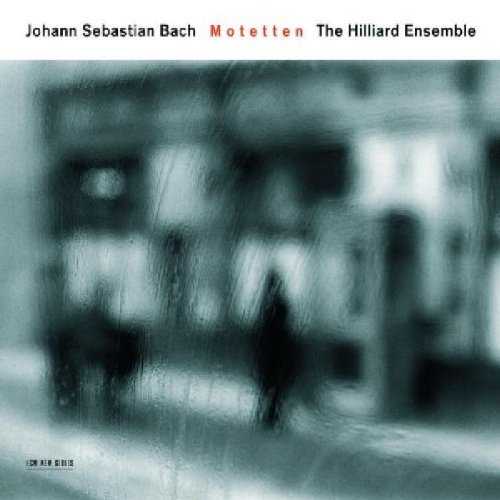
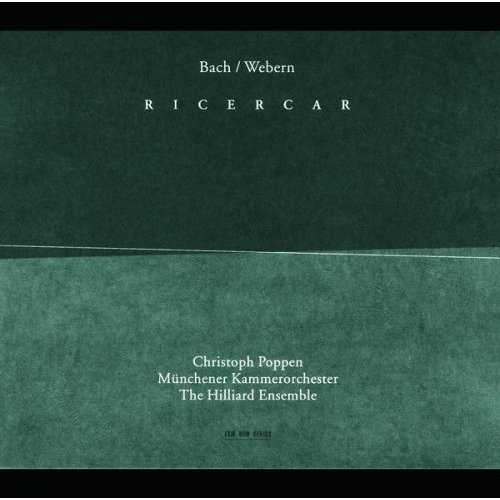
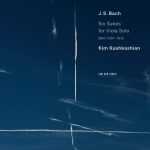
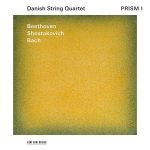
Dear friends,
let me attract your attention to this disc. It is all devoted to great 2nd Partita for solo violin by J.S.Bach. It is well known that Bach was deeply religious man. Cantatas (for the whole church year!), passions, and other church music constitute the major part of his heritage. But his “purely instrumental” music was also devoted to God. And here is an example. Musicological analysis reveals traces of old church melodies inside the music of 2nd Partita. These melodies were well-known for the Bach contemporaries. Now this effect doesn’t works, and we cannot understand real sense of this great piece of classical music. Hilliard Ensemble reveals this hidden melodies for us. Initially we hear the standard variant of 2nd Partita and several church chorales. But at the end of disc we hear the great Ciaccona accompanied by singing voices, and we hear the church melodies inside the well-known music. It becomes evident that the subject of 2nd Partita is Christ passion and His death on the cross.
The disc was recorded inside the monastery and is filled by spirit of the Passiontide.
The only drawback of this disc is reference to theosophist Gurdjieff on its cover. Theosophy, with its esotericism, with search of secrets hidden from profanes, is fully alien to Christianity. As I have said above, for the Bach contemporaries there were no secrets in Ciaccona. This is only our blame that the modern people have forgotten these melodies and cannot understand the real sense of Bach music.
Many thanks to Mr. Whatever.
Thank you very much for this enlightenment. ‘Morimur’ is now my favourite Bach piece.